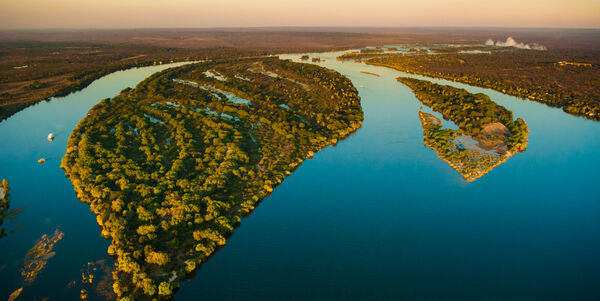Visit www.gov.uk/foreign-travel-advice for the most up-to-date information on visas, passport validity and other specific entry requirements for each country that you will be visiting. This is very important as it is your responsibility to submit your own visa applications. Please ensure that you allow adequate time prior to travel to complete any visa applications. Entry requirements may vary for UK passport holders and those with passports issued by another country.
Make sure you have the latest information on Zambian visa and vaccination requirements, as well as travel tips and advice.
Quick find guide
